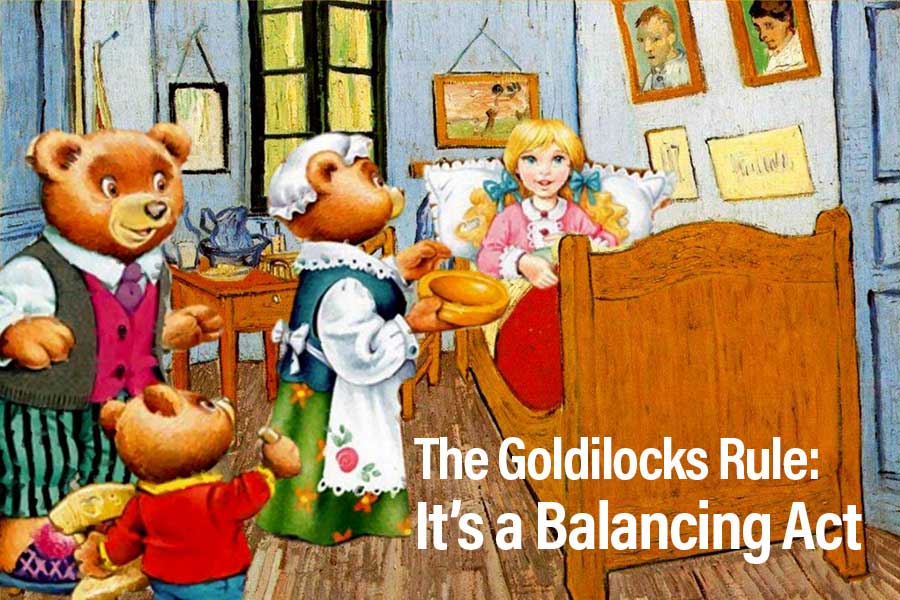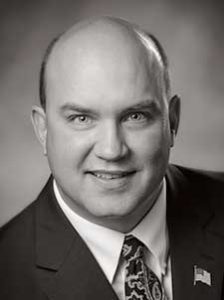Modern Endowment Fund Portfolio Construction
by Mike Handrick
(Originally published in Giving Tomorrow Magazine)
Nonprofit board members who serve on their investment advisory committees have a dual fiduciary role to perform:
- They must protect the intent of the donor and the long-term viability of their organization; and
- They have to manage endowment assets to provide a reasonable amount of income to support the causes that the funds are earmarked for.
It’s the Goldilocks rule. Not too aggressive, not too conservative, produce the income we need—and it has to be juuuuust right.
Can’t We Just Outsource It?
Many nonprofits hire outside investment advisors to manage their endowment assets, but that doesn’t mean the board members are off the hook. They are responsible for ensuring the investment policy statement is being adhered to and for making modifications to the policy as market conditions may dictate.
Looking For That 5%
Since the end of WWII, it has been fairly simple to construct a portfolio made up of high-quality long-term bonds to produce the income you need along with some traditional stock assets to help the fund continue to grow. Long-term interest rates and bond yields have now bottomed out at historically low levels and are on their way back up. Most investment advisors have been avoiding holding long-term bonds because of their low current yields and potential loss of share price value as interest rates continue to rise. So how do you position the endowment portfolio to produce the 5% annual dividends you have always relied on to support your programs?
Alternative Investments Can Reduce Risk
Many of the nonprofit investment policies I’ve read are fairly conservative and restrict investments to traditional asset classes like investment grade bonds for income and blue chip stocks for a bit of income and growth. Changes may need to be made to make more room for alternative investments like REITS (Real Estate Investment Trusts), BDCs (Business Development Companies) and interval funds, which are well-diversified closed ended funds that have the feel of the traditional open-ended mutual funds that we all know.
Most of the non-traded REITs and BDCs have reduced their sales charges and improved liquidity in the past few years in an effort to conform to new reporting and industry standards. Interval funds often provide for limited, quarterly liquidity that makes them a true hybrid between non-traded REITS and BDCs and traditional mutual funds. Alternative investments typically provide durable annual dividends of 5% to 7%, either monthly or quarterly, and are being used in place of long-term bonds in the endowment funds of many universities, like Yale and Harvard. Some of these endowments have as much as 40% or more of their portfolio positioned in a variety of diversified alternatives. Private equity and natural resources alternatives also show up in many of these portfolios. The September 2015 report from the Harvard Management Company, Inc. shows a 20-year, average annual return of 11.8%, outpacing the benchmarks by at least 3%.
Plenty of academic studies have shown the use of alternative investments can reduce overall portfolio risk. Endowments are meant to exist in perpetuity so temporary paper losses of share price are meaningless. The reliable income stream is what you are seeking and the primary reason to use many of the alternative investments.
Your hired investment advisor may not have access to alternative investments or may be severely limited. Remember that some advisors are restricted to being able to sell or use only the investments that their broker dealer makes available on their platform. Ask your advisors to describe any restrictions that they are subject to. Ask them to show you their research on successful university endowment funds like Harvard and Yale. Make certain they are educating you along with making investment recommendations for your endowment funds. True independent advisors generally have the most access to the wide variety of financial instruments available in the marketplace today.
Remember that as an investment committee member, you have a fiduciary responsibility to ensure the Goldilocks rule is on target at your endowment fund. •
Mike Handrick, CAP®, ChFC®, CWS®, assists charities and the donors who build strong communities. He is a member of the International Advisors in Philanthropy, and his philanthropy-based articles appear in a variety of national philanthropic publications.






